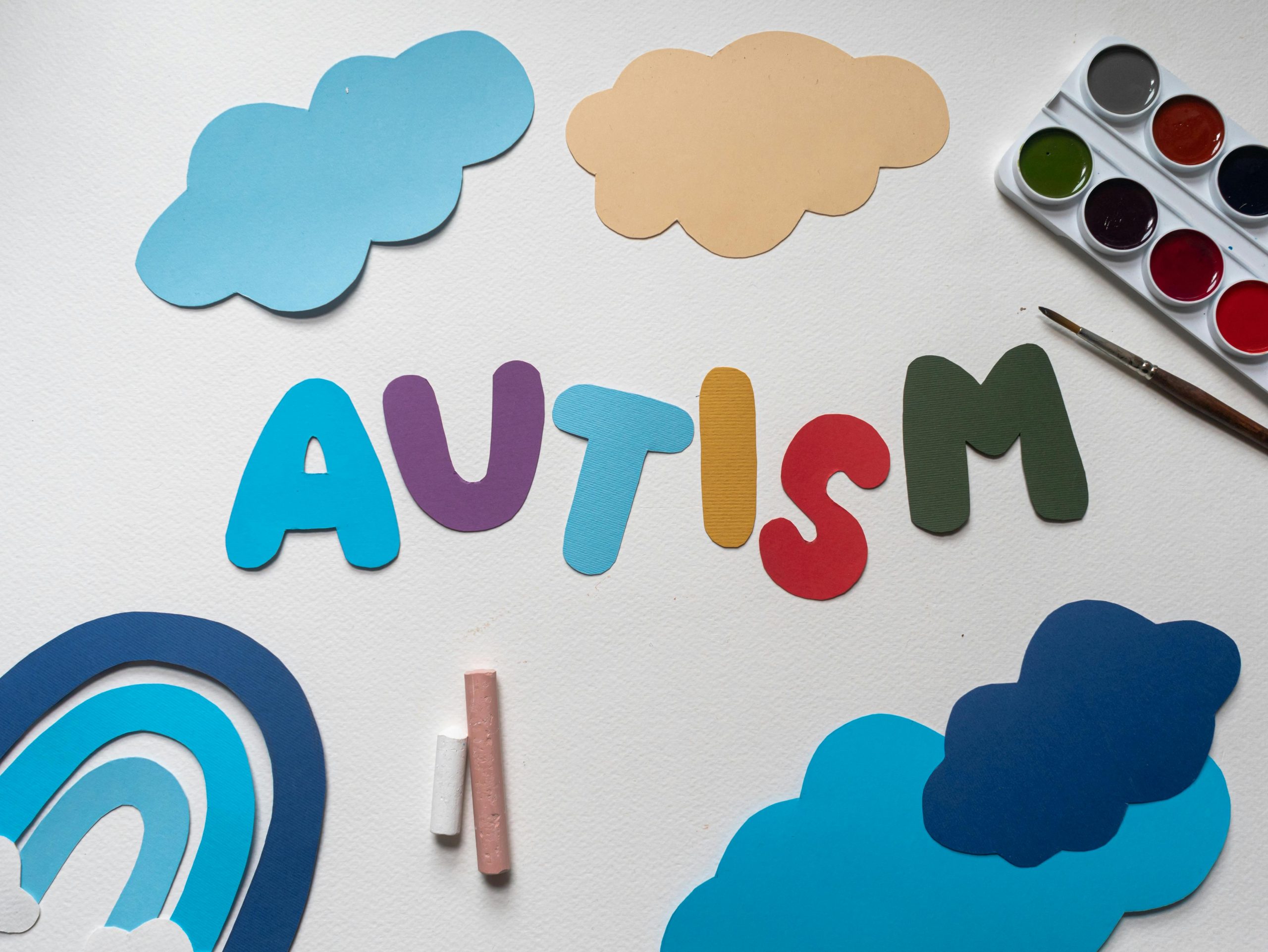
Understanding Autism
A Beginners Guide
What is Autism?
Autism, or Autism Spectrum Disorder (ASD), is a developmental disorder characterised by difficulties with social interaction, communication, and repetitive behaviours. It is called a “spectrum” disorder because the symptoms can range from mild to severe, affecting individuals in different ways. Autism is typically diagnosed in early childhood, but signs can sometimes be recognised earlier or later in life.
How Autism Can Impact People
Autism can have a wide range of impacts on an individual’s life. The effects can vary greatly from one person to another, depending on where they fall on the spectrum.
Communication Difficulties
Many autistic individuals have challenges with communication. This can include delayed speech development, difficulty starting or maintaining conversations, and challenges understanding non-verbal cues such as facial expressions and body language. Some individuals may be non-verbal and rely on alternative communication methods like sign language or communication devices.
Social Interaction Issues
Social interaction can be challenging for autistic individuals. They may struggle to make friends, understand social norms, or read social cues. They might prefer to spend time alone or find social interactions overwhelming and stressful.
Repetitive Behaviours
Repetitive behaviours are a hallmark of autism. These can include repetitive movements like hand-flapping, rocking, or spinning objects. Autistic individuals may also have specific routines or rituals and can become distressed if these are disrupted.
Sensory Sensitivities
Many people with autism experience sensory sensitivities. This means they might be overly sensitive to sounds, lights, textures, or smells, or they might seek out sensory experiences. For example, some may find loud noises or bright lights overwhelming, while others might enjoy the sensation of certain fabrics or the feeling of spinning.
Examples of Different Impacts
Tom, aged 5: Tom struggles with speech and prefers to communicate using pictures and gestures. He finds it hard to make eye contact and often engages in repetitive play, such as lining up his toy cars. Tom also experiences sensory sensitivities; he is particularly sensitive to loud noises and bright lights, often covering his ears or closing his eyes to cope with the sensory overload.
Emily, aged 12: Emily has difficulty understanding social cues and often feels anxious in social situations. She loves routines and becomes upset if there are any changes to her schedule. Emily also engages in a behaviour known as masking – she tries to hide her autistic traits to fit in better at school. This might involve forcing herself to make eye contact or mimicking her peers’ social behaviours, which can be exhausting and lead to increased stress and anxiety.
Jake, aged 20: Jake is highly sensitive to sound and wears noise-cancelling headphones in noisy environments. He is very detail-oriented and has a strong interest in trains, which he can talk about for hours. On a more subtle level, Jake finds it challenging to process and respond to social and emotional information quickly, often needing extra time to understand jokes or sarcasm. He also often masks his autistic traits by scripting conversations in advance or mimicking the body language of others.
Lily, aged 8: Lily is considered high-functioning on the autism spectrum. She excels academically but struggles with subtle social cues, such as understanding when someone is bored or disengaged in a conversation. Lily also has a tendency to become fixated on specific topics, talking about them at length even when others have lost interest. She often masks her social challenges by observing and imitating her peers, which can be exhausting.
Max, aged 35: Max is an adult who was diagnosed with autism later in life. He has a successful career but finds social interactions at work draining. Max frequently masks his traits by preparing extensively for meetings and social events, often rehearsing conversations and maintaining a facade of neurotypical behaviour. This constant effort to fit in can lead to burnout and mental fatigue.
What To Do if You Think You or a Loved One May Be Autistic
If you suspect that you or a loved one may be autistic, it’s important to seek a professional evaluation. Here are some steps you can take:
Consult with a Healthcare Professional
Speak with a GP or a specialist, such as a paediatrician, psychologist, or psychiatrist, who can conduct a thorough assessment. They will look at developmental history, behaviour, and possibly conduct standardised tests.
Get a Referral for an Autism Assessment
Your healthcare professional may refer you to a specialist clinic for a comprehensive autism assessment. This assessment will typically involve interviews, observations, and questionnaires.
Access Support Services
If a diagnosis is made, there are many support services available. These can include speech and language therapy, occupational therapy, behavioural therapy, and educational support. Early intervention is crucial in helping individuals develop skills and coping strategies.
Join Support Groups
Connecting with others who have similar experiences can be invaluable. Support groups for parents, carers, and individuals with autism can provide emotional support, practical advice, and a sense of community.
Educate Yourself and Others
Learning about autism can help you better understand and support an autistic individual. There are many resources available, including books, online courses, and workshops.
Autism is a complex and varied condition that affects people in different ways. Understanding the spectrum of impacts and knowing the steps to take if you suspect autism can make a significant difference in the lives of those affected.
